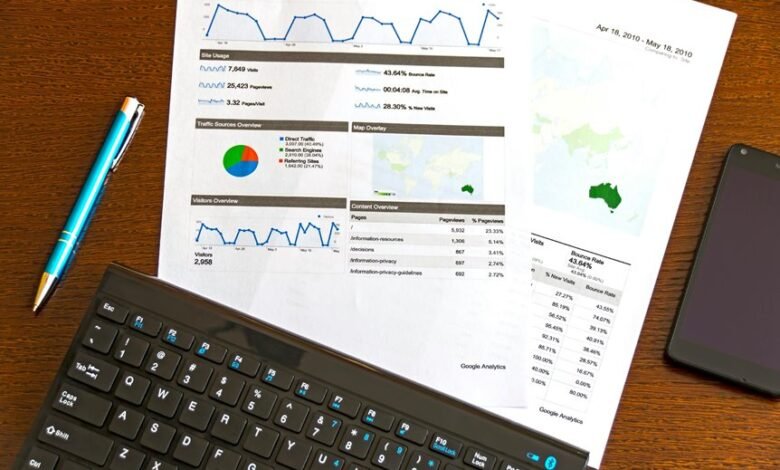1482625230 Socioeconomic Insights From Call Data

Call data analysis uncovers vital socioeconomic patterns within communities. By examining communication frequency and connectivity, researchers can pinpoint disparities linked to demographics such as age and income. These patterns reflect broader societal structures that influence behavior and relationships. Understanding these dynamics holds potential implications for policy and social equity. However, the complexity of these insights raises critical questions about their application and impact. What further revelations might emerge from this data?
The Role of Call Data in Understanding Social Behavior
Although traditional sociological methods often rely on surveys and interviews, call data has emerged as a powerful tool for analyzing social behavior.
By examining call frequency, researchers can assess patterns of social connectivity, revealing insights into community dynamics.
Such data provides a quantitative foundation for understanding relationships and interactions, empowering individuals and organizations to explore the nuances of social structures in contemporary society.
Analyzing Communication Patterns Across Demographics
As researchers delve into the nuances of communication patterns across various demographics, they uncover significant disparities that reflect underlying social structures.
Variations in communication frequency highlight the impact of demographic shifts, revealing how factors such as age, socioeconomic status, and geographical location influence connectivity.
Through this analysis, scholars gain insights into the evolving nature of interpersonal relationships and societal dynamics, emphasizing the importance of understanding these patterns.
Economic Indicators Revealed Through Call Data Trends
Numerous studies indicate that call data trends can serve as valuable economic indicators, offering insights into consumer behavior and market dynamics.
By analyzing call volume, researchers identify patterns that correlate with economic fluctuations, such as increased spending or shifts in employment.
This economic correlation reveals how communication patterns reflect broader economic conditions, ultimately providing a real-time lens to gauge market sentiment and consumer confidence.
Implications for Policy and Future Research
While call data trends provide valuable insights into economic conditions, their implications extend beyond immediate market analysis, influencing policy formulation and future research directions.
Policymakers can utilize these insights for evidence-based policy development, addressing socioeconomic disparities effectively.
Additionally, future research can further explore call data’s potential, enhancing understanding of consumer behavior and economic cycles, thereby fostering a more equitable society.
Conclusion
In conclusion, the analysis of call data uncovers a complex tapestry of social interactions, revealing unexpected correlations between communication patterns and socioeconomic factors. As researchers delve deeper, they may coincidentally find that increased call frequency among certain demographics aligns with rising economic indicators, suggesting a nuanced interplay between connectivity and financial health. These insights not only illuminate existing disparities but also pave the way for informed policy decisions, ultimately fostering a more equitable society through targeted interventions.




